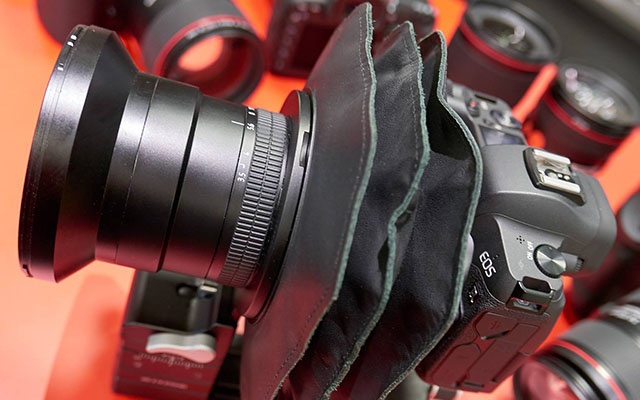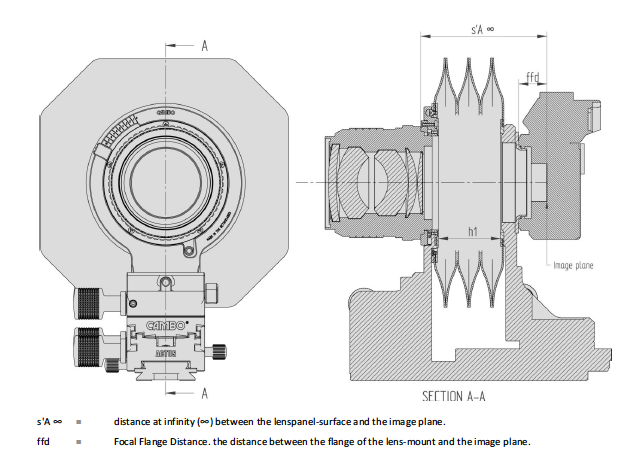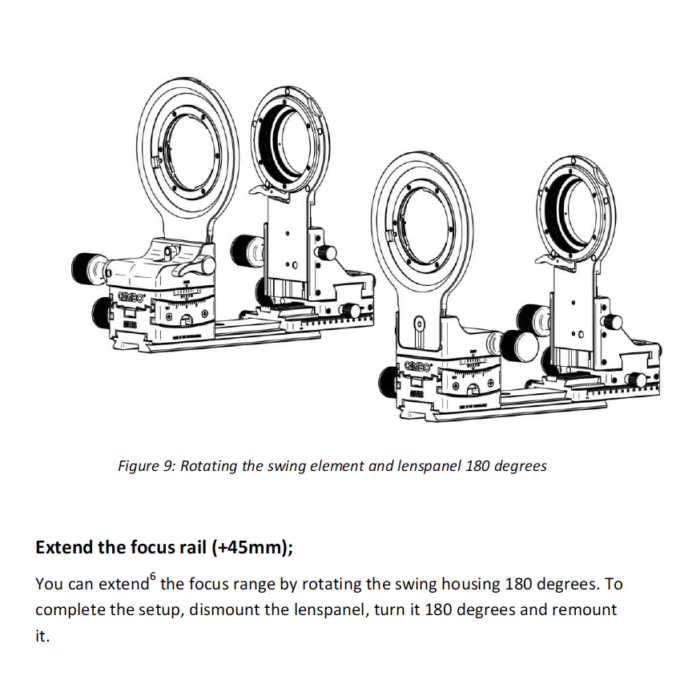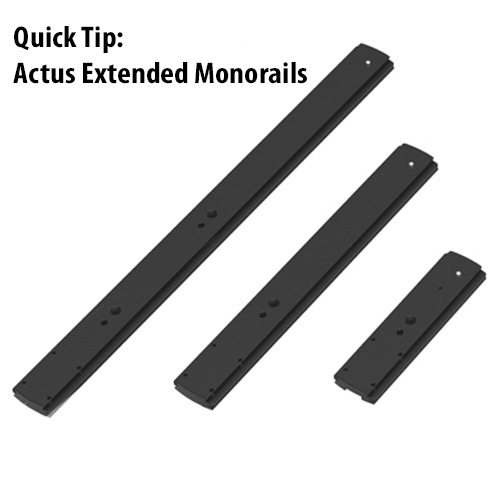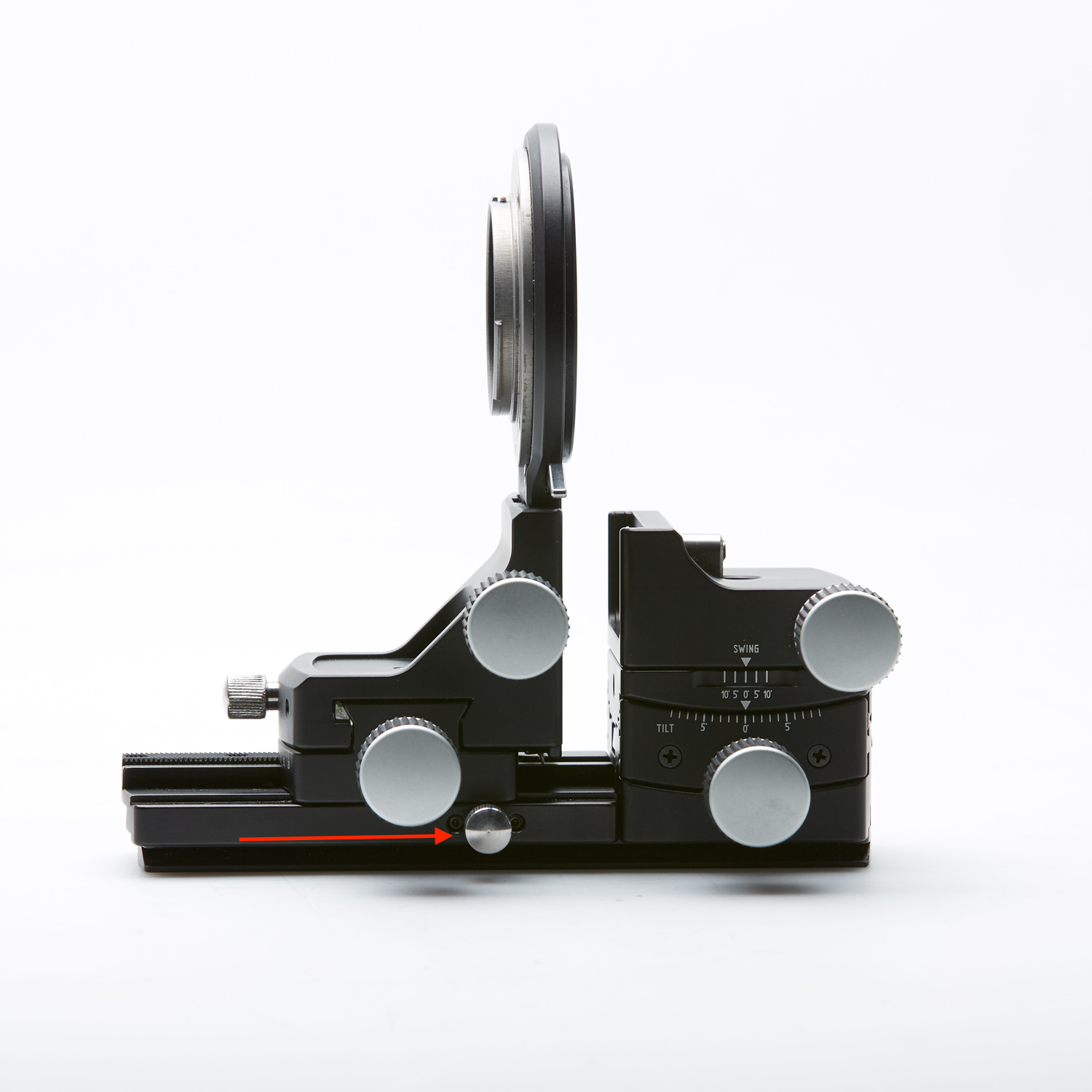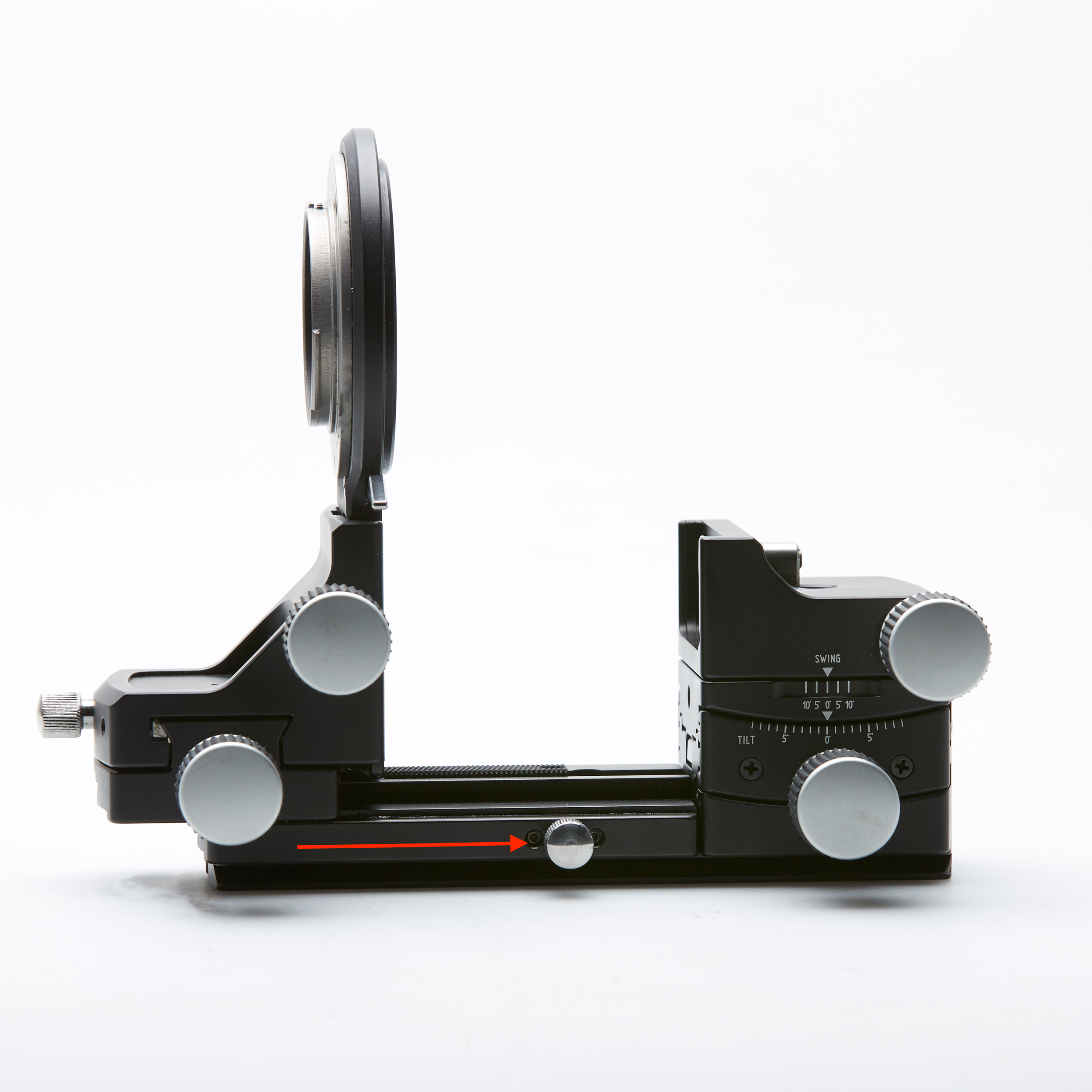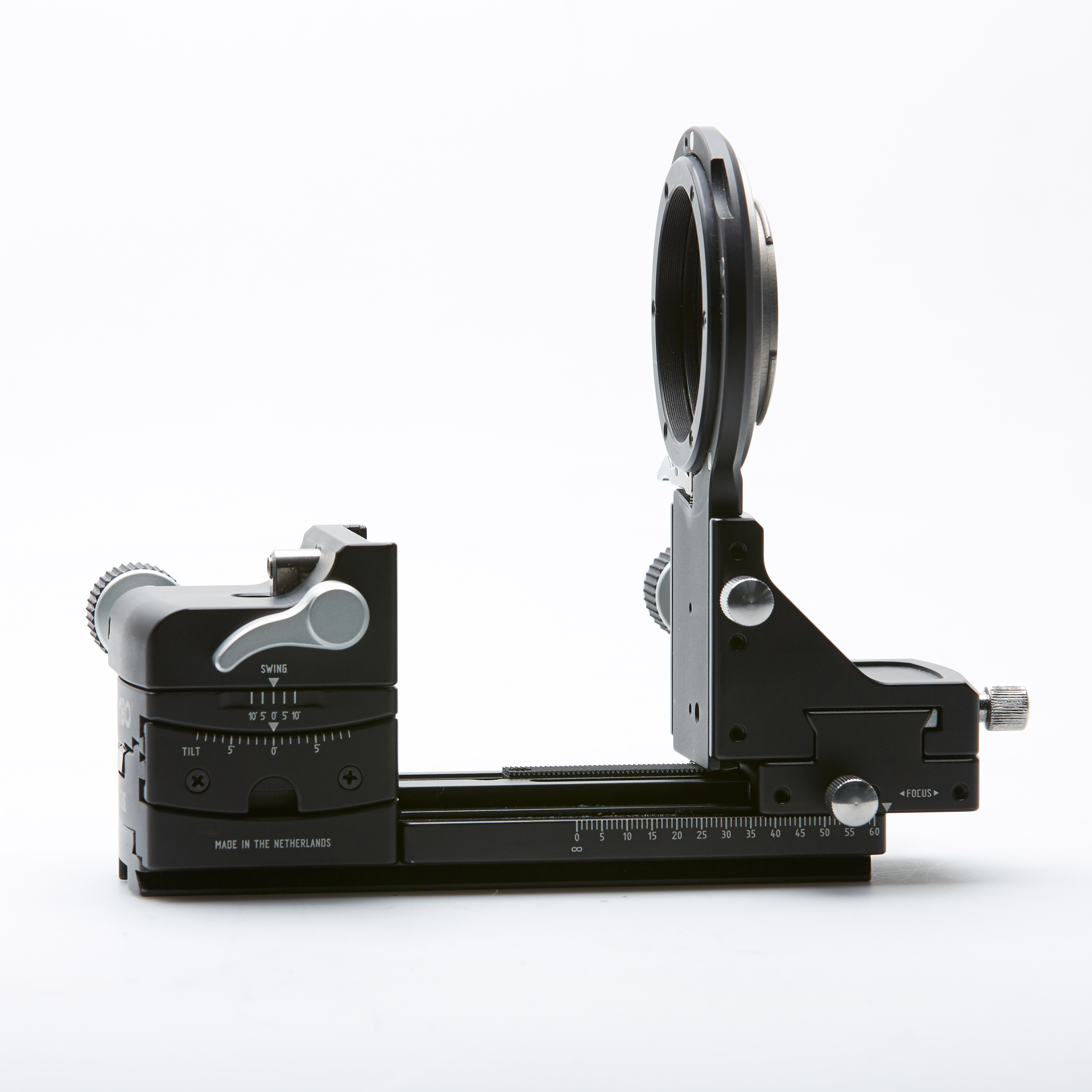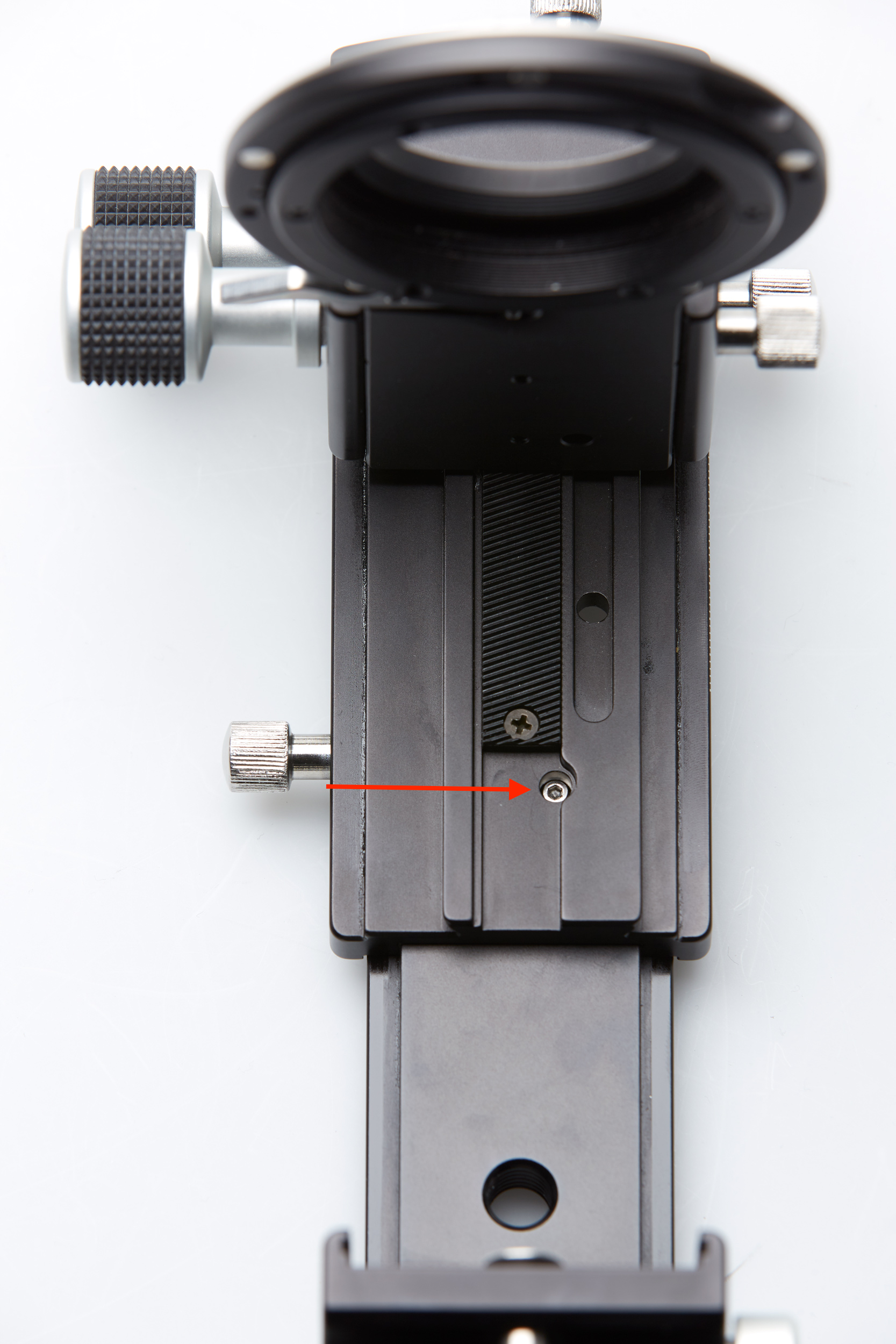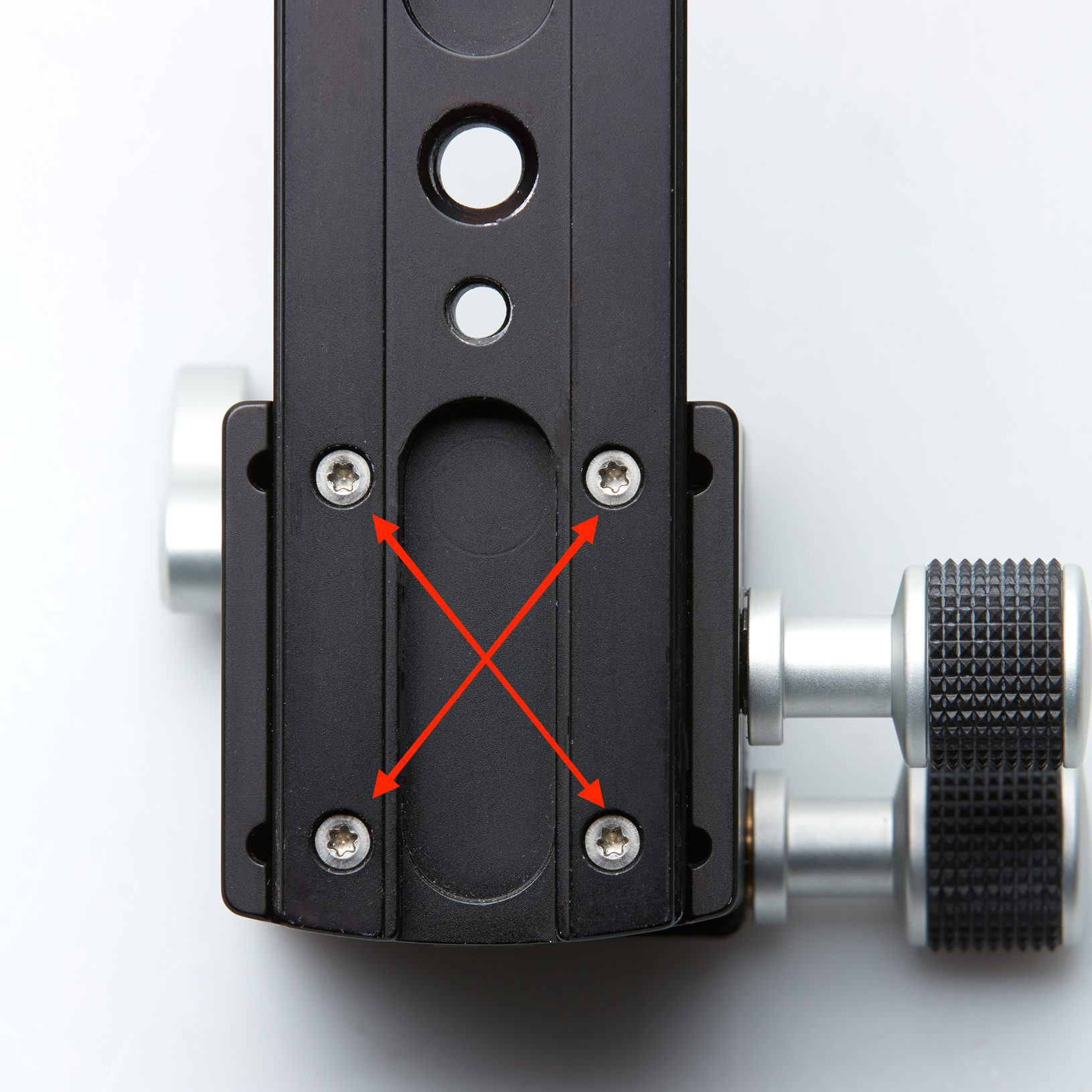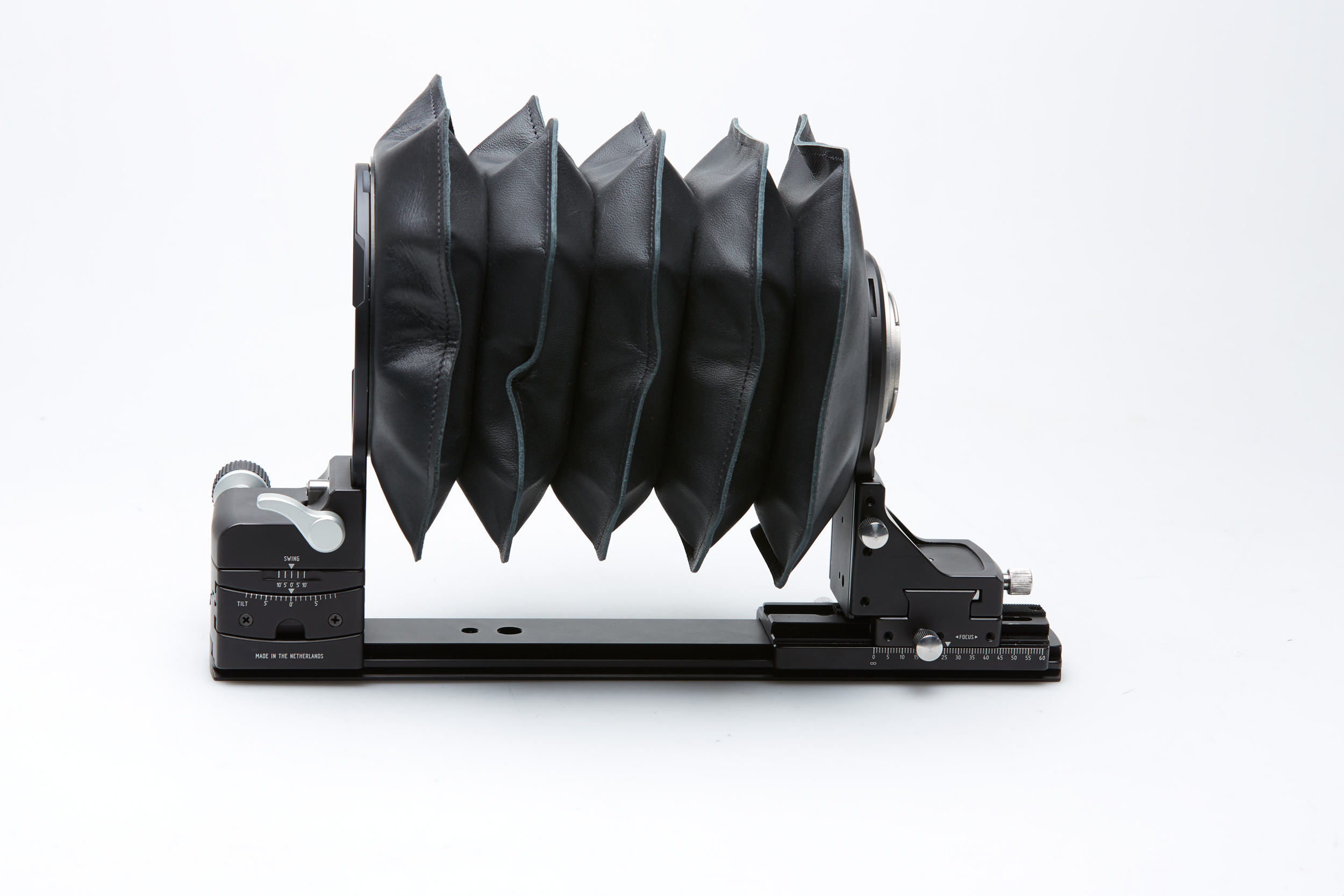When I say the words View Camera, I can imagine that you are envisioning one of two things:
You either know and remember (and may even miss) the “old days” where you as the photographer were in complete control over your image, and the master of your domain.
Or if you are of the more modern crop of upcoming photographers, you may be thinking of some arcane monstrosity that is too big and complicated to lug around.
If you spent some time today searching the web for answers you probably came across the following definition on Wikipedia:

A view camera is a large format camera in which the lens forms an inverted image on a ground glass screen directly at the plane of the film. The image viewed is exactly the same as the image on the film, which replaces the viewing screen during exposure. It is comprised of a flexible bellows that forms a light-tight seal between two adjustable standards, one of which holds a lens, and the other a viewfinder or a photographic film holder.
The bellows are a flexible, accordion-pleated box [that] encloses the space between the lens and film, and flexes to accommodate the movements of the standards. The front standard is a board at the front of the camera that holds the lens and, usually, a shutter.
At the other end of the bellows, the rear standard is a frame that holds a ground glass plate, used for focusing and composing the image before exposure—and is replaced by a holder containing the light-sensitive film, plate, or image sensor for exposure. The front and rear standards can move in various ways relative to each other, unlike most other camera types. This provides control over focus, depth of field, and perspective.
Lets stop right there, before we go any further let’s get one thing straight–
The current definition of a view camera is WRONG.
The image you have in mind of your Grandfather’s view camera is wrong because the view camera has changed.
In days past the view camera primarily was a tool designed to work with 4×5, 8×10 or larger pieces of film which at the time was the only way to capture extremely high resolution images.
Typical sensor sizes today are very small comparatively to the size of the film from the past, however the resolving power today is incredibly close (or even better) than it ever has been. But resolution is only part of the battle. There are many other reasons to use a view camera that aren’t only about the size of the image captured.
A view camera can do the following things better than ANY other camera or lens can do alone:
- Change Perspective – Control perspective on products or buildings
- Plane of Focus – Maximize or Minimize Depth of Field
View Cameras have the ability to do something else that is extremely valuable even in today’s digital world:
Get things right in camera– Not in post.
The theories and principals are the same, even though the medium today is drastically different.
Over the next few blog entries we hope to enlighten you to some of what makes a view camera unique and why even today they are still a valuable part of the photographer’s toolkit.
